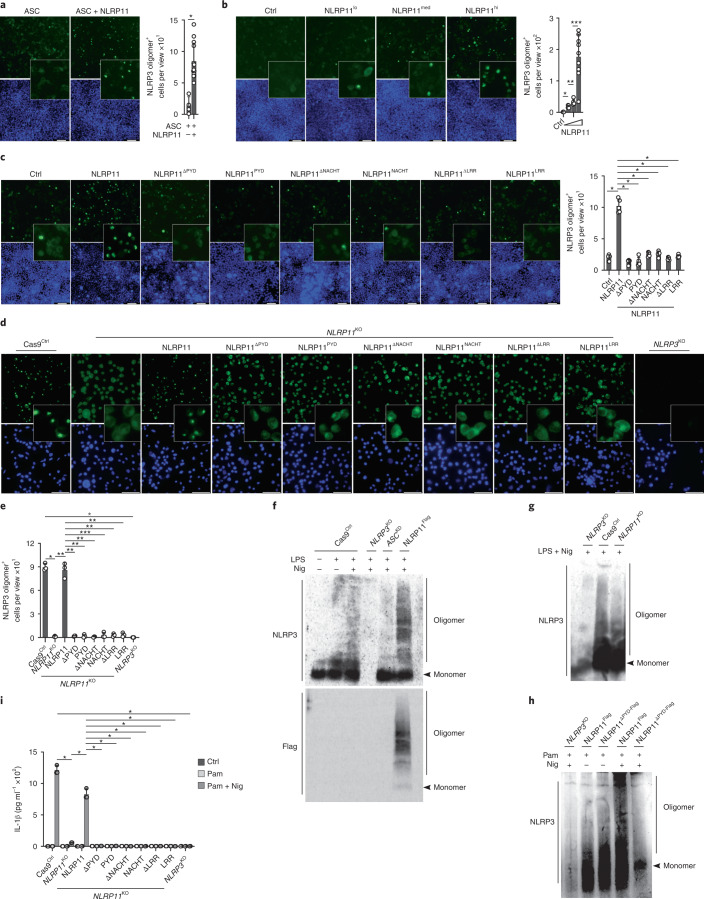Fig. 5. NLRP11 is necessary for oligomerization of human NLRP3.
a–c, Fluorescence microscopy of EGFP and DAPI in HEK293NLRP3-EGFP cells transiently cotransfected with (a) ASC and NLRP11, (b) empty plasmid (Ctrl) and increasing concentrations of NLRP11 and (c) Ctrl, NLRP11, NLRP11ΔPYD, NLRP11PYD, NLRP11ΔNACHT, NLRP11NACHT, NLRP11ΔLRR or NLRP11LRR, as indicated (left) and presented as NLRP3 oligomer+ cells per view (right) (a, ASC: n = 4, ASC + NLRP11: n = 13; b, Ctrl n = 3, NLRP11lo, med: n = 5, NLRP11hi: n = 9; c: n = 5; mean ± s.d.; a, *P = 0.0003; b, *P = 0.0006, **P = 0.0164, ***P = 0.0009; c, *P < 0.0001; a–c, scale bars, 100 μm). d,e, Confocal microscopy of NLRP3 and DAPI staining, scale bars, 50 μm (d), and quantification of NLRP3 oligomer+ cells per view (e) using PMA-differentiated Cas9Ctrl, NLRP3KO, NLRP11KO and NLRP11KO restored with NLRP11-Flag or truncated NLRP11-Flag, as indicated primed with Pam3CSK4 (1 μg ml−1, 4 h) and activated with nigericin (5 μM, 25 min) (n = 3 mean ± s.d.); *P < 0.0001; **P = 0.0001, ***P = 0.0002. f–h, Blue native PAGE and immunoblot for NLRP3 and Flag using TCLs from Cas9Ctrl, NLRP3KO, ASCKD and NLRP11Flag cells (f), Cas9Ctrl, NLRP3KO and NLRP11KO cells (g) and NLRP11Flag or NLRP11ΔPYD-Flag cells (h) left untreated, primed with LPS (200 ng ml−1, 4 h) (f,g) or Pam3CSK4 (1 μg ml−1, 4 h) (h) and activated with nigericin (5 μM, 20–30 min). i, IL-1β ELISA using SNs from cells indicated above left untreated, primed with Pam3CSK4 (1 μg ml−1, 4 h) and primed and activated with nigericin (5 μM, 25 min) (n = 3, mean ± s.d.); *P < 0.0001.

